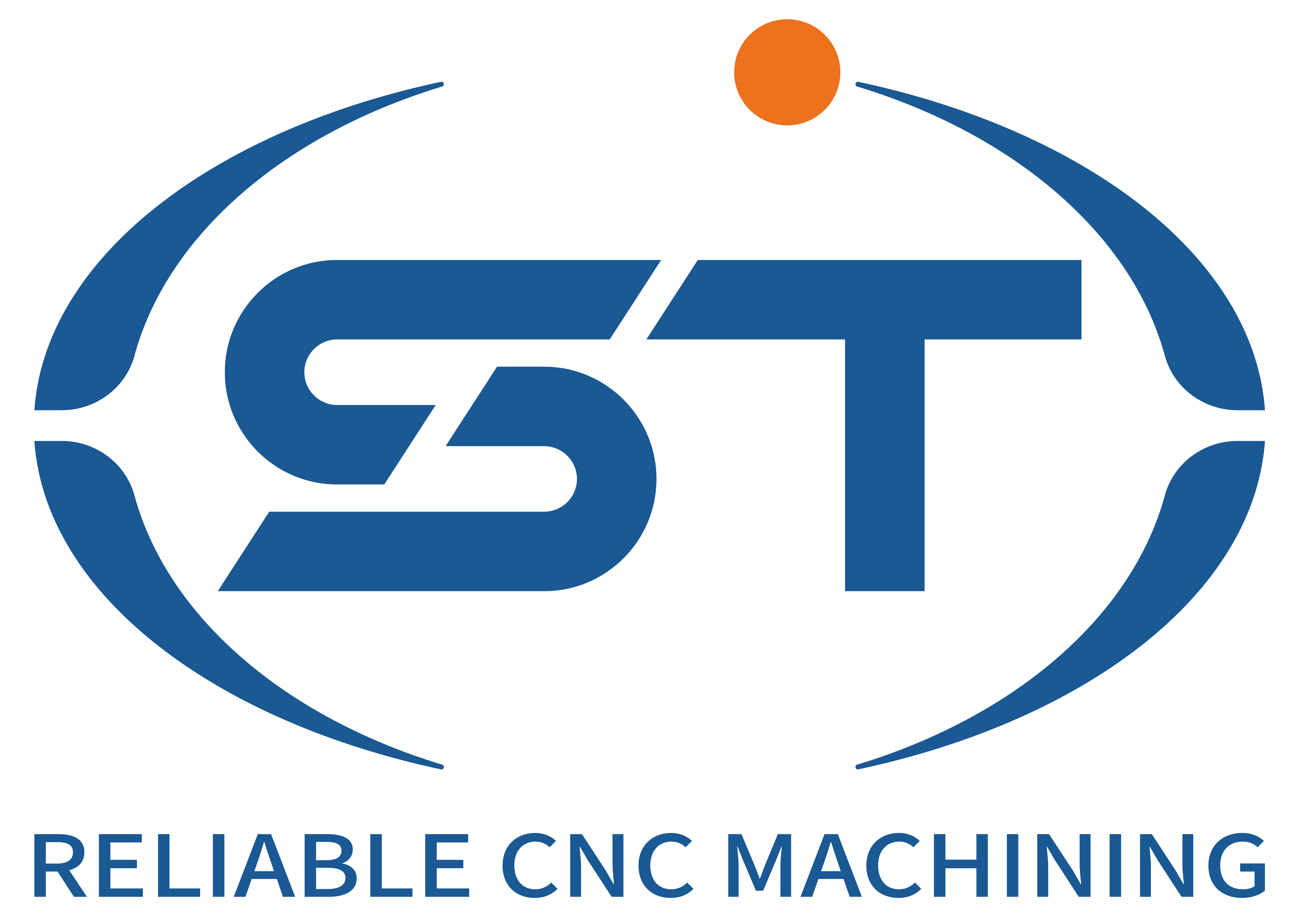Intelligent Monitoring Systems in CNC Machining for Automotive Components
The automotive industry’s demand for precision, efficiency, and zero-defect production has driven the adoption of intelligent monitoring systems in CNC machining. These systems leverage sensors, data analytics, and machine learning to optimize processes, predict failures, and ensure consistent quality. Below are key applications and benefits of intelligent monitoring in automotive CNC workflows.
Table of Contents
ToggleReal-Time Process Monitoring and Anomaly Detection
Intelligent monitoring systems continuously track critical parameters during CNC machining, such as cutting forces, spindle vibration, tool wear, and temperature. Sensors embedded in machines or toolholders collect data in real time, enabling instant detection of deviations from optimal conditions. For example, a sudden increase in vibration may indicate tool chatter or a broken cutting edge, prompting immediate intervention to prevent scrap or machine damage.
Advanced algorithms analyze sensor data to identify subtle anomalies that human operators might miss. Machine learning models trained on historical data can distinguish between normal process variations and potential issues, such as premature tool wear or material inconsistencies. By flagging anomalies early, these systems reduce downtime and improve part quality.
For high-precision components like engine blocks or transmission gears, real-time monitoring ensures dimensional accuracy and surface finish. If a deviation is detected, the system can automatically adjust cutting parameters (e.g., feed rate or spindle speed) to maintain tolerances without operator input.
Predictive Maintenance and Tool Life Management
One of the most significant advantages of intelligent monitoring is predictive maintenance. By analyzing tool wear patterns, vibration trends, and power consumption, systems can forecast when a tool or machine component is likely to fail. For instance, a monitoring system might predict that a drill bit will reach its wear limit in 50 machining cycles, allowing maintenance teams to schedule a replacement during a planned shutdown.
Predictive maintenance reduces unplanned downtime and extends tool life by avoiding catastrophic failures. Instead of replacing tools based on fixed schedules or subjective judgments, manufacturers can optimize tool usage based on actual condition data. This not only lowers costs but also improves process consistency.
Additionally, intelligent systems track tool performance across different materials or part geometries. By correlating tool life with cutting parameters, they can recommend optimal settings for future jobs, further enhancing efficiency and reducing waste.
Quality Control and Adaptive Machining
Intelligent monitoring systems play a crucial role in in-process quality control. By integrating with metrology tools (e.g., laser scanners or touch probes), they can verify part dimensions and surface quality during machining. If a deviation is detected, the system can trigger adaptive machining—adjusting toolpaths, feeds, or speeds in real time to correct the issue.
For example, if a monitoring system identifies that a bore diameter is undersized, it might increase the feed rate slightly for the next pass to achieve the correct dimension. This adaptive capability is particularly valuable for complex parts with tight tolerances, such as cylinder heads or turbocharger housings.
Post-machining inspection data is also fed back into the monitoring system to refine predictive models. Over time, the system learns to associate specific process conditions with quality outcomes, enabling continuous improvement in part consistency.
Data-Driven Process Optimization and Energy Efficiency
Intelligent monitoring systems generate vast amounts of data, which can be analyzed to optimize overall CNC machining processes. By identifying patterns in tool wear, cycle times, or energy consumption, manufacturers can fine-tune parameters to maximize efficiency. For instance, reducing spindle speed slightly might extend tool life without significantly impacting productivity, lowering long-term costs.
Energy efficiency is another area where monitoring systems add value. By tracking power usage during machining, idle times, or non-productive movements, they can highlight opportunities to reduce energy waste. For example, a system might detect that a machine is consuming excessive power during rapid traverses, prompting a review of acceleration/deceleration settings.
Cloud-based platforms enable centralized data storage and analysis, allowing manufacturers to benchmark performance across multiple machines or facilities. This visibility supports enterprise-wide process optimization and standardization.
By integrating intelligent monitoring into automotive CNC machining, manufacturers achieve higher productivity, lower costs, and superior part quality. From real-time anomaly detection to predictive maintenance and adaptive machining, these systems are transforming how automotive components are produced, ensuring competitiveness in an increasingly demanding industry.




